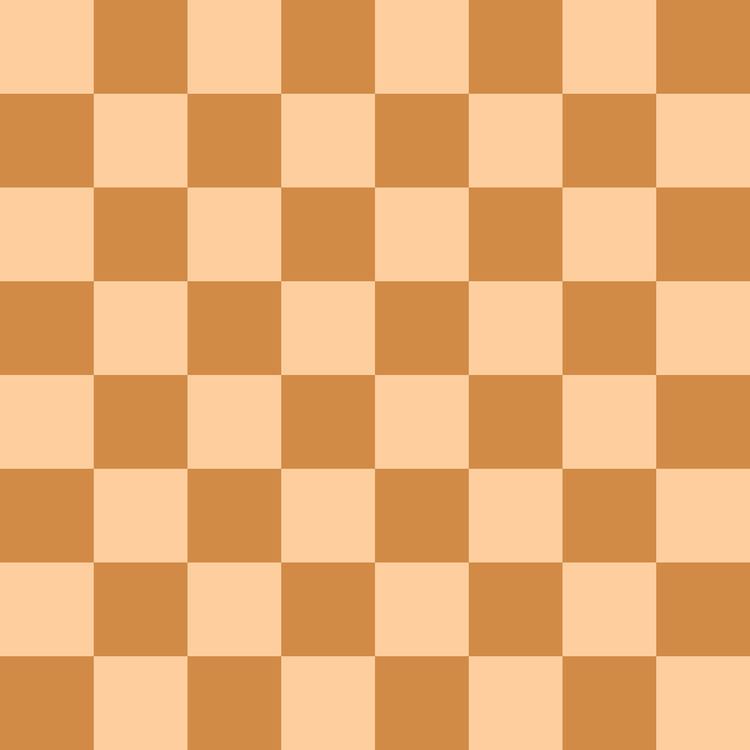 | ||
An outpost is a square on the fourth, fifth, sixth, or seventh rank which is protected by a pawn and which cannot be attacked by an opponent's pawn. Such a square is a hole for the opponent (Hooper & Whyld 1992). In the figure to the right, c4 is an outpost, occupied by White's knight. It cannot be attacked by Black's pawns – there is no pawn on the d-file and Black's pawn on the b-file is too far advanced.
Outposts are a favourable position from which to launch an attack, particularly using a knight.
Knights are most efficient when they are close to the enemy's stronghold. This is because of their short reach, something not true of bishops, rooks and queens. They are also more effective in the centre of the board than on the edges. Therefore, the ideal to be aimed at is an outpost in one of the central (c-, d-, e- or f-) files in an advanced position (e.g. the sixth rank) with a knight. Knowledge of outposts and their effectiveness is crucial in exploiting situations involving an isolated queen's pawn.
On the other hand, Nimzowitsch argued when the outpost is in one of the flank (a-, b-, g- and h-) files the ideal piece to make use of the outpost is a rook. This is because the rook can put pressure on all the squares along the rank.
